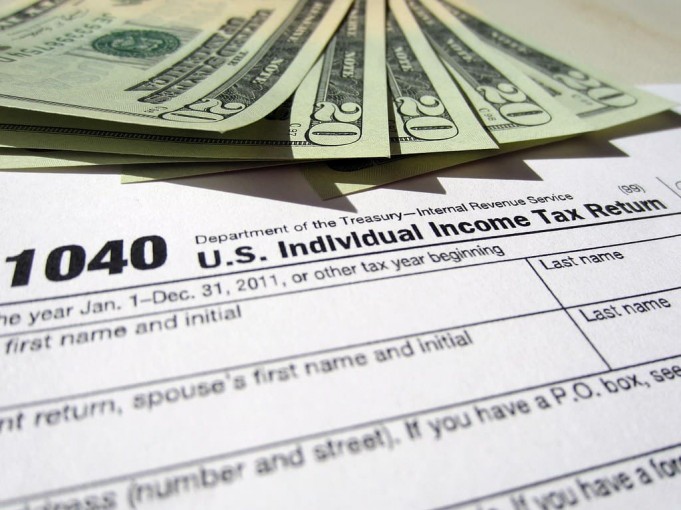Tax Form 1040-A
The tax form 1040-A was used to file an annual tax return by the U.S. taxpayers. The tax form 1040-A of the IRS or the Internal Revenue Service was a version of the tax form 1040 which was simplified to be used by the U.S. taxpayers. This was used to file an income tax return. Any individual who wanted to be eligible to use the tax form 1040-A had to meet certain criteria. These criteria were such as not itemizing deductions, not owning a business or being an entrepreneur and it also included having a taxable income of less than $100,000.
This tax form was discarded for the tax year filing of 2018. Which then started in favor of the newly redesigned tax form 1040 which began from that year onwards. There was also a tax form 1040-EZ that was a simpler version of tax form 1040. Which was also eliminated in the 2018 tax form filing.
As mentioned earlier, the tax form 1040-A was a simplified version of the tax form 1040. The tax form 1040 was used by most U.S. taxpayers that use the Internal Revenue Service to file their income tax returns. The tax form 1040 includes details about all the complex financial structures such as complicated investments, the deductions that were itemized, and also multiple tax credits. This also included more opportunities for individuals to lower their tax liability and more than $100,000 in annual income. Individuals previously opted for the tax form 1040-A because the tax form 1040 required additional paperwork. This tax form provides these individuals with simpler tax situations.
The Tax Form 1040-A to File Tax returns
The individuals who could use this tax form to file their tax returns had to fall under any of the following categories :
- Single
- Head of the household
- Married but filing separately
- Married and filing jointly
- Widowed.
It was a two-page form that allowed taxpayers to file ordinary incomes along with some deductions and credits. Not everyone was eligible to use the tax form 1040-A, even though it was available to all the taxpayers that belonged to any age group and filing status. It was compulsory for the tax filers who used it to have a taxable income that was less than $100,000 and did not use the incentive stock option.
Opportunities to Claim Various Tax Deductions
This provides taxpayers with opportunities to claim various tax deductions just so they could reduce their taxable income. Although, these deductions could be claimed only if it were student loan interests, any kind of classroom fees, the post-secondary education tuition fee, and individual retirement account contributions. Therefore it was not allowed for taxpayers that used the tax form to claim any itemized deductions. This restriction meant that any individual that was qualified could be eligible for any other deductions that came from other sources or institutes such as any charity funds, donations, or mortgage interests. If the entire total of the itemized amount was higher than the standard required deductions, it would turn out to be disadvantageous for that individual to use the tax form 1040-A.









